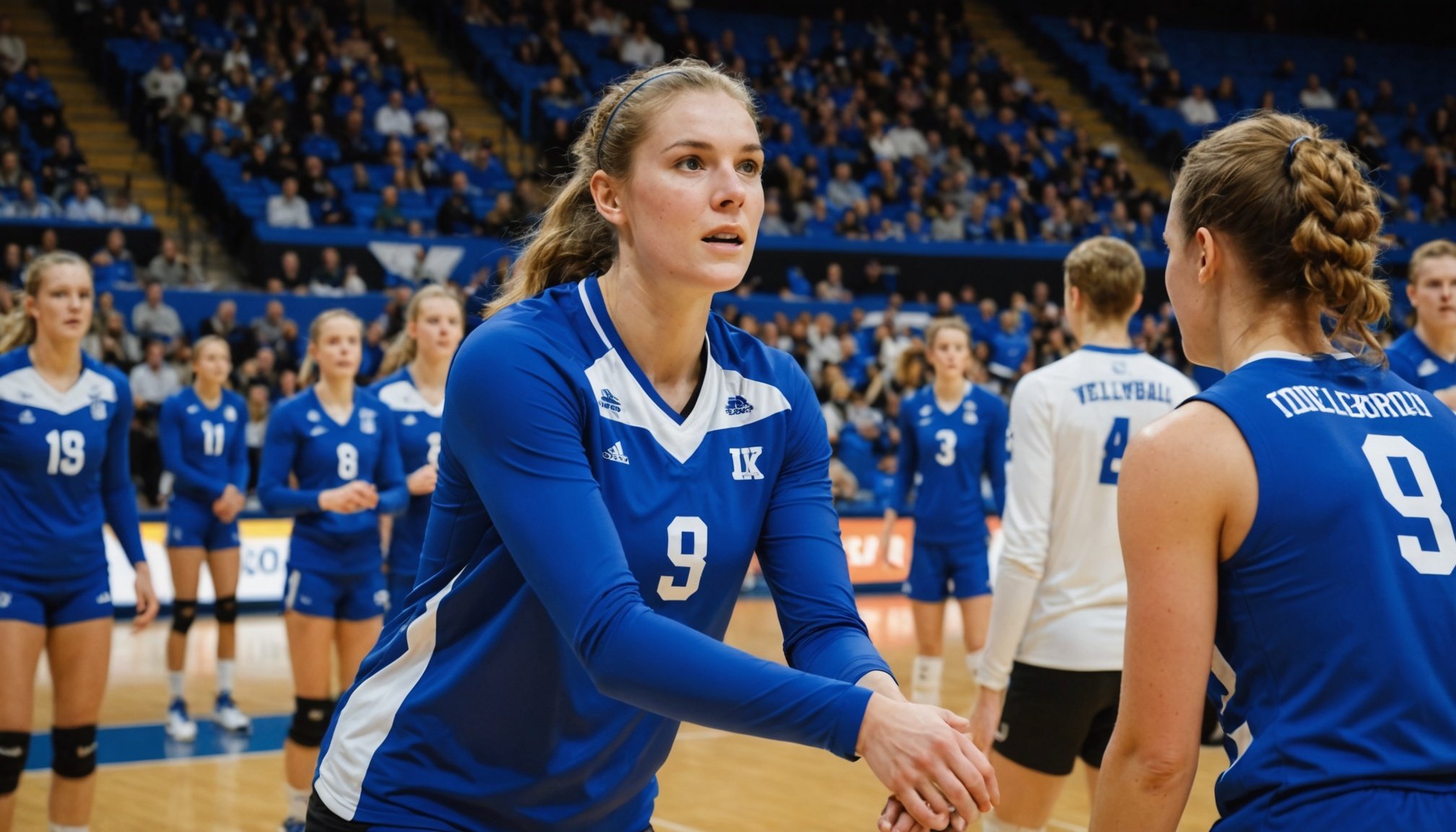Overview of Defensive Strategies in Volleyball
In volleyball, defensive strategies are crucial to countering offensive plays and gaining an edge over the opponent. Among these strategies, common formations like the 6-2 and 5-1 prove effective in various situations. Each formation has unique strengths that can stop attacks through coordination and strategic positioning.
The 6-2 formation employs two setters, which enhances flexibility and improves defensive tactics by allowing better coverage and adjustment to the opponent’s attacks. The 5-1 formation relies on one setter, which enables swift transitions between defense and attack, highlighting the significance of precision in volleyball strategies.
Topic to read : Enhancing player resilience: proven techniques for uk cricket coaches to help athletes thrive under pressure in key matches
Communication and teamwork play a pivotal role in the success of any defensive setup. Players must constantly communicate to ensure optimal positioning and reactions to dynamics on the court. A team’s success largely hinges on their ability to understand each other’s responsibilities and adjust accordingly in a split-second.
Game film analysis supports these efforts by offering valuable insights into opponents’ tendencies. By studying footage, teams can anticipate moves, making informed decisions on which defensive tactics to employ. This analytical approach enhances their readiness and potential to outmanoeuvre the rival team.
Analyzing Game Film: Techniques for Coaches and Players
Understanding game film breakdown can significantly enhance performance for both coaches and players. This is not just about reliving past matches but involves a detailed analysis of gameplay.
Identifying Key Defensive Plays
A crucial part of analyzing gameplay is focusing on defensive plays. These are often breakpoints that determine the outcome of a match. By examining footage from recent games, one can pinpoint successful strategies. Coaches and players should look for patterns in opponents’ offensive strategies, such as recurring formations or movements. Utilizing footage allows for a close examination of player positioning and movement, providing insights into tactical adjustments.
Mistakes to Avoid When Reviewing Game Film
While analyzing game film, there are common pitfalls to avoid. One such mistake is only focusing on errors, which can be discouraging. It’s vital to balance these critiques with acknowledgment of strengths to encourage improvement. By also acknowledging what’s working well, coaches can foster a more positive environment for growth.
Tools and Software for Game Film Analysis
Leveraging technology can amplify the benefits of game film analysis. Numerous video analysis tools are available, simplifying the process of breaking down footage. These tools assist in highlighting moments of interest, making it easier to dissect and analyze each play.
Implementing Insights from Game Film in Practice
Absorbing knowledge from game film is essential in honing skills, and effectively transitioning these insights into practical on-court drills can be transformative for a player’s development. Fusing insights with practical tips allows coaches to design drills replicating real-game situations, enhancing skill development.
Training techniques stemming from game analysis often focus on situational awareness. Drills should mimic in-game scenarios, challenging players to react and adapt quickly. This not only refines technical ability but also sharpens decision-making skills under pressure. Integrating video-derived strategies into practice benefits skill development by enabling players to visualise and execute plays with a deeper understanding of their role and responsibilities.
Encouraging player feedback rooted in video analysis fosters a learning environment where players feel empowered. This feedback loop, informed by real footage, ensures players view their performance with clarity, identifying areas needing improvement. It also aids coaches in tailoring exercises that address individual and team weaknesses. By incorporating these training techniques and focusing on both the technical and cognitive aspects of the game, players can achieve substantial growth and consistency on the court.
Utilizing insights from game film allows for structured and strategic training sessions that focus squarely on skill development through contextually rich practice scenarios.
Case Studies: Successful Defensive Strategies in UK Volleyball
Understanding how UK volleyball teams achieve defensive success involves examining specific strategies used in matches. Numerous case studies highlight the importance of defense in the sport, often leading to significant improvements in team performance.
Highlighting UK Teams with Effective Defense
Some UK teams are renowned for their strong defensive strategies. For example, the London Academy Hawks have demonstrated remarkable defensive prowess. By analysing their matches against top-tier teams, one can observe a well-organised back row and effective blocking techniques. These teams teach us that a strong defense often relies on effective communication and positional awareness.
Impact of Game Film on Team Performance
The use of game film has been instrumental in these success stories. Teams that incorporate video analysis have seen statistical improvements in their defence. Coaches report that players develop better anticipation skills and refine their defensive play after viewing game footage. Comparisons of pre- and post-analysis performances reveal clear advantages in defensive positioning and responsiveness.
Long-term Development of Defensive Skills
A culture of continuous improvement is essential for maintaining effective defensive strategies. Routine video analysis helps develop defensive intelligence, encouraging players to continually refine their skills. Such strategies also aid coaches in identifying areas for defensive improvement and educating players on advanced techniques.










